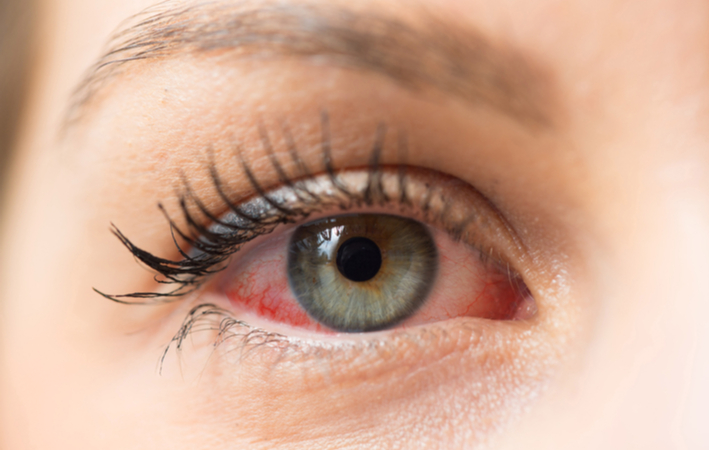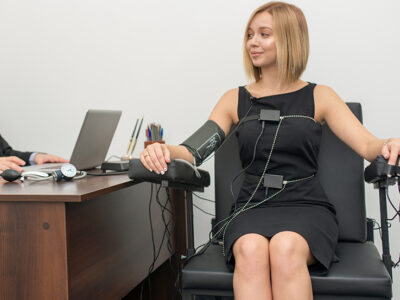Everybody wants to look their best, but some feel that nature hasn’t blessed them with the looks they desire. Fortunately, there is something that can be done to rectify that situation, the art and science of plastic surgery, which continues to grow in popularity worldwide. Australia is at the forefront of this trend with around 500,000 procedures yearly, totalling $1 billion spent! More and more people are turning to plastic surgery to enhance their appearance, and in some cases, repair physical deformities. It’s wonderful that people can change their looks to suit their desires and needs, but one has to wonder what the psychological effects might be.
Overall, the prognosis is positive. Having plastic surgery can foster significant improvements in self-esteem and body image. The introduction of simple procedures like cosmetic injectables makes it possible for people to make changes without operations, and leave the clinic after a short visit feeling great about themselves. Other, more complex procedures require operations, such as liposuction, breast augmentation, and rhіnoplasty, and time is needed to heal. Even so, the results are described as being worth the discomfort, reshaping body features that had negative impacts on the patient’s self-esteem results in them feeling a deep sense of emotional relief and an improved sense of self.
Let’s take a look at the two major types of plastic surgery that focus on reconstruction to examine their possible psychological outcomes:
Corrective Procedures – This type of plastic surgery is performed with the intent to address physical abnormalities and defects. They can offer substantial psychological benefits by improving emotional well-being and quality of life. One example is someone who suffers from an asymmetrical or misshapen nose and is subjected to a great deal of emotional distress and self-worth issues. A relatively simple rhinoplasty (nose job) procedure can give that person a new lease on life, allowing them to feel confident and satisfied with their appearance.
By positively transforming a person’s physical appearance, corrective procedures greatly improve an individual’s sense of self.
Restorative Procedures – This type of plastic surgery is a very important tool used to restore the self-esteem and psychological well-being of people who have suffered accidents, trauma, or illnesses. Techniques like skin grafting can minimise the negative impacts of scarring caused by accidents and necessary medical operations by altering and improving their appearance. Skin grafting is also a critical technique used to help burn victims who have suffered severe disfigurements, helping them not only restore their former appearance, but repair the considerable psychological damage such a traumatic event is sure to cause, enabling them to regain their sense of self, and gift them with a normal life again.
Another important restorative procedure is breast reconstruction. This is undertaken following a mastectomy, one of the most traumatic events a woman can be subjected to. Breast reconstruction allows women to regain their body confidence and sense of femininity, engendering emotional healing after the terrible pain and loss experienced following breast cancer. The psychological effect? Overwhelmingly positive!









Comments